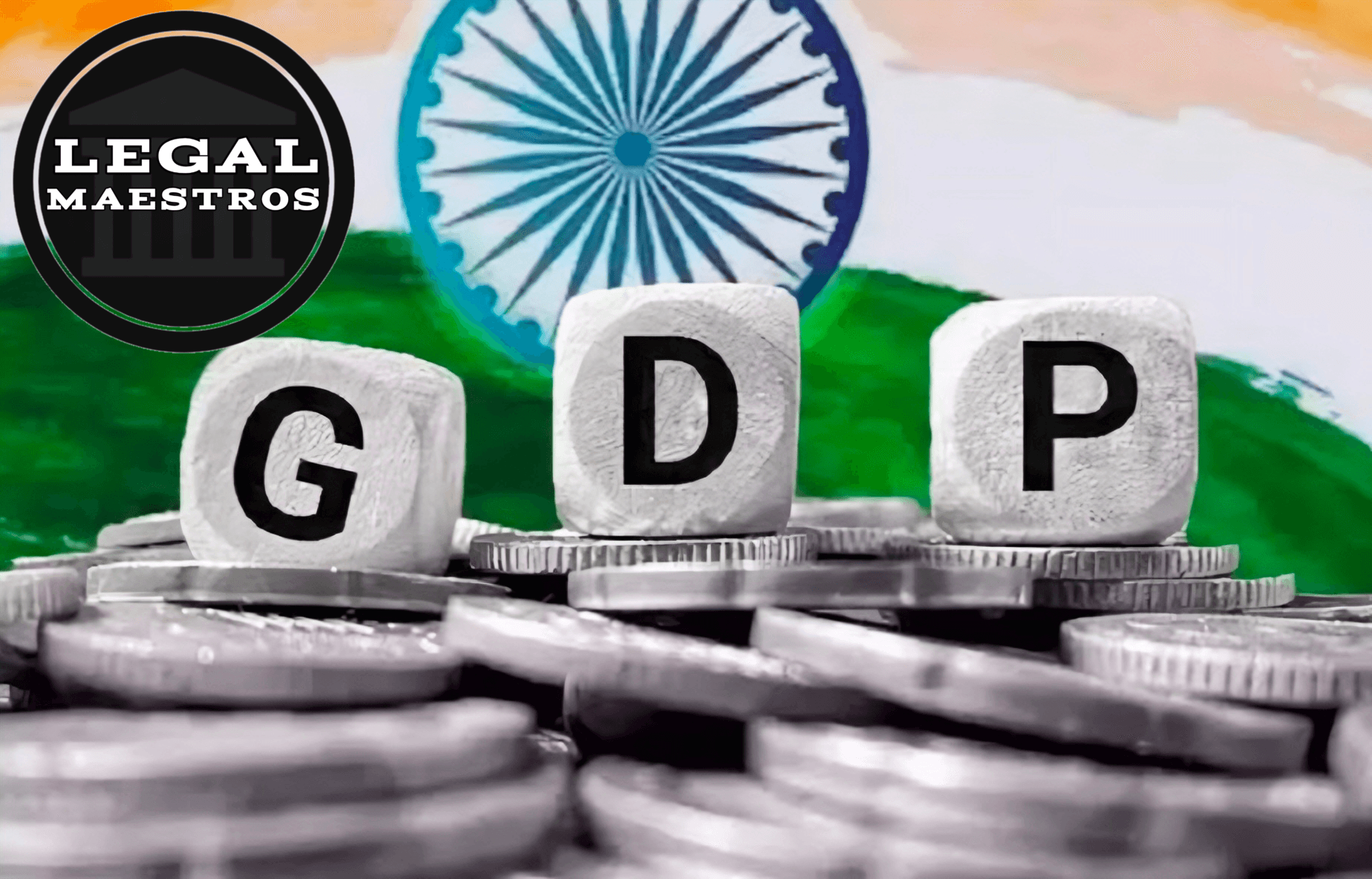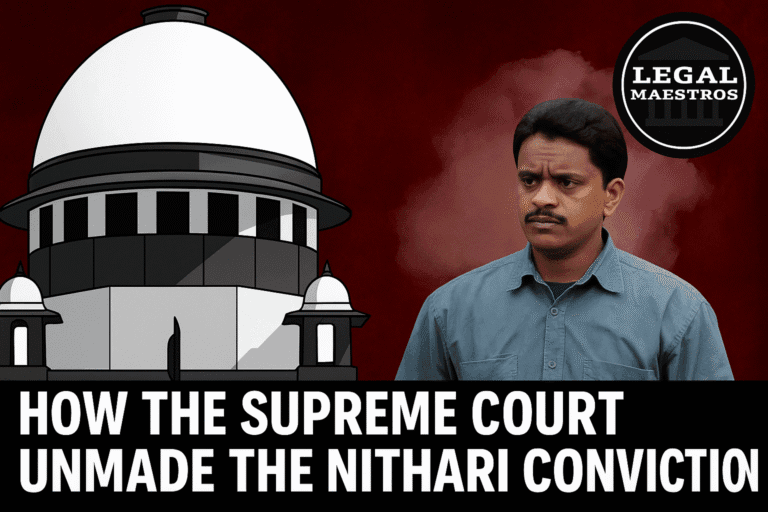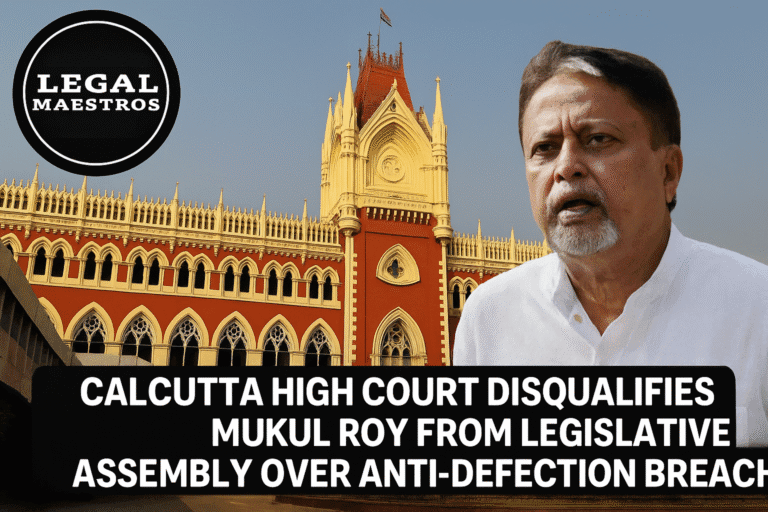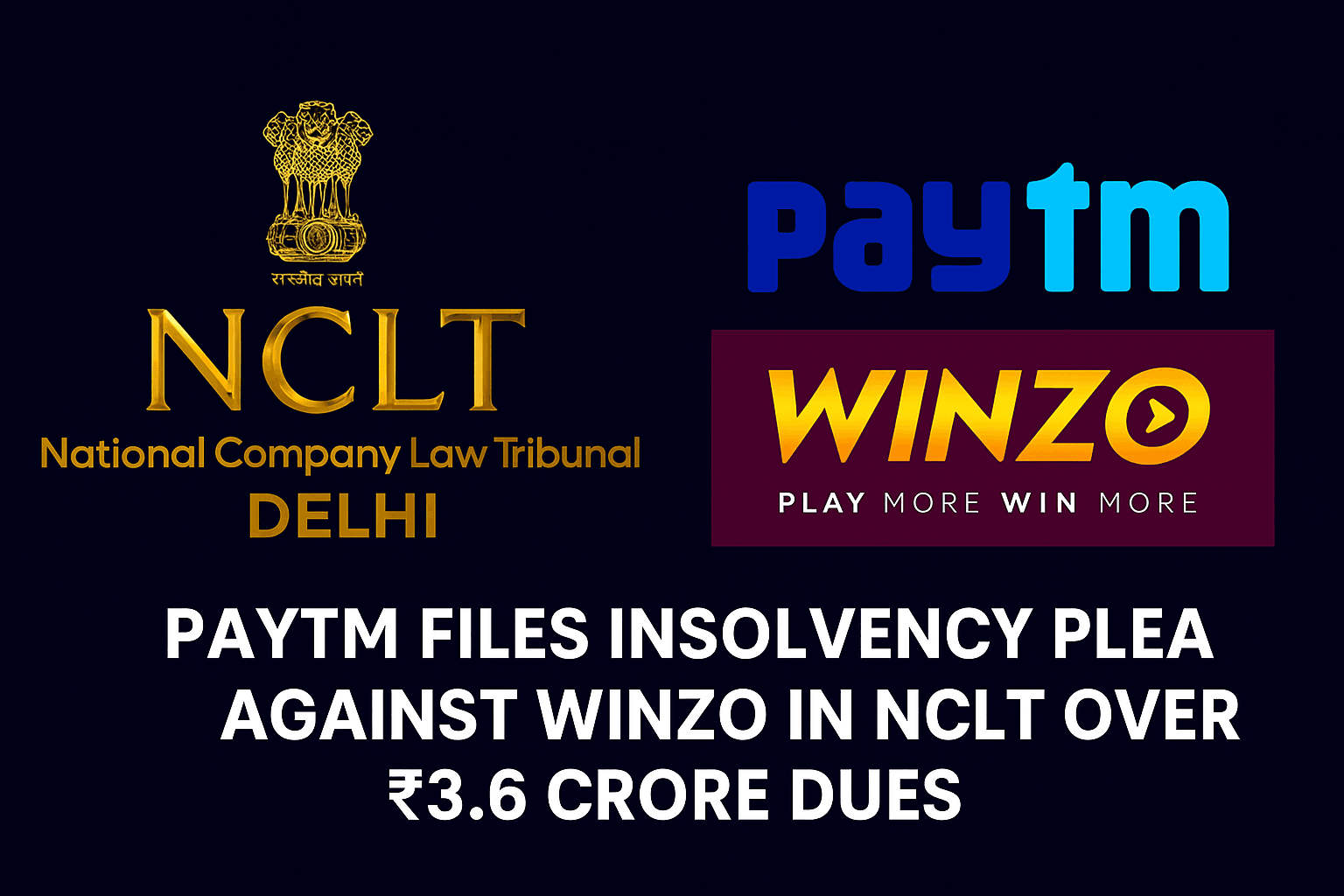
India became the fourth largest economy in the world in May of 2025, surpassing Japan in the process. This achievement was a significant milestone that reflected decades of reform, investment, and expanding markets. As a result of this accomplishment, pride and high expectations have been formed.
However, there is a more fundamental concern that lies below the headline figures: does the growing wealth of the nation actually reach every person by means of improved freedoms and more secure rights?
The purpose of this article is to analyze whether or not India’s diverse population has experienced genuine improvements in terms of civil liberties, democratic practice, and equitable economic opportunity as a result of the country’s larger economy.
For any queries or to publish an article or post or advertisement on our platform, do call at +91 6377460764 or email us at contact@legalmaestros.com.
Growth in the Economy: Moving from Fifth to Fourth
Throughout the majority of the last decade, India has maintained high growth rates that have averaged approximately seven percent each year. This has allowed India to successfully climb to the fourth slot in the world GDP rankings.
At the beginning of the year 2025, the economy surpassed the four-trillion-dollar mark, which was driven by the expansion of services, the reform of manufacturing, and the presence of a young workforce. Markets at the grassroots level have been changed by foreign investment and digitalization, while domestic consumption has increased dramatically as incomes have steadily increased.
In spite of these remarkable aggregate advances, national averages have the potential to conceal significant disparities. Although it has nearly doubled since 2014, the per capita income is still relatively low in comparison to that of more developed economies. There is still a lot of uncertainty regarding whether or whether large groups of people, such as rural communities, women, and informal workers, actually partake in the benefits of growth.
For any queries or to publish an article or post or advertisement on our platform, do call at +91 6377460764 or email us at contact@legalmaestros.com.
For More Updates & Regular Notes Join Our Whats App Group (https://chat.whatsapp.com/DkucckgAEJbCtXwXr2yIt0) and Telegram Group ( https://t.me/legalmaestroeducators )
There is a Transition in Civil Rights
In India, civil rights have developed over the course of the nation’s history, which includes the development of law, activism, and judicial checks. The right to freedom of speech and expression, which is guaranteed by the Constitution, continues to be robust in day-to-day life, with a thriving press and healthy debates taking place on social media.
On the other hand, there has been an increase in the number of concerns regarding restrictions on dissent, incidences of harassment of journalists, and inconsistent execution of laws in various regions.
For any queries or to publish an article or post or advertisement on our platform, do call at +91 6377460764 or email us at contact@legalmaestros.com.
Defamation cases that have received a lot of media attention and the implementation of public order regulations have occasionally stifled criticism of the authorities. It has been claimed that members of minority communities have experienced instances of social intimidation, which has led to inquiries over the right to cultural expression and equal protection.
The reality of the actual world reveals places in which rights require better safeguards and more uniform execution, despite the fact that legal frameworks uphold the right to freely assemble and perform religion.
Democratization and the Protection of Political Rights
By holding elections on a consistent basis at the national, state, and municipal levels, India’s democratic institutions are among the most lasting political systems in the world. Voter participation is still rather high, which is indicative of civic engagement across all income brackets and geographic locations.
For any queries or to publish an article or post or advertisement on our platform, do call at +91 6377460764 or email us at contact@legalmaestros.com.
The uneven distribution of resources and patronage networks, on the other hand, are the primary factors that shape political participation. There are frequently challenges that smaller parties and independent voices confront when it comes to candidate fundraising and media visibility.
Within the context of charges of pressure from the executive branch, the independence of important monitoring agencies, such as the election commission and the judiciary, has come under investigation.
A number of recent state elections have demonstrated that the vote box continues to be a source of change, notwithstanding the tensions that have been present. The strengthening of openness, the reduction of undue influence of money in politics, and the protection of institutional autonomy will be essential for the improvement of democratic health inside the country.
For any queries or to publish an article or post or advertisement on our platform, do call at +91 6377460764 or email us at contact@legalmaestros.com.
The Right to Share the Pie in Economic Matters
Not only does the right to work fall under the umbrella of economic rights, but so does the right to fair salaries, social security, and fundamental municipal services. Through the implementation of universal bank accounts and digital payment platforms, India has been able to broaden its financial inclusion in recent years, thereby rescuing millions of people from the position of being unbanked.
Larger populations have been served by programs that provide subsidized healthcare, housing, and food security; nevertheless, there are still gaps in implementation in geographic areas that are more remote.
Critics believe that worker rights may be reduced if social safety nets are not similarly strengthened, despite the fact that labor reforms aim to modernize regulations and promote employment flexibility. discrepancies between the sexes continue to exist, with women having a substantially lower rate of participation in the labor force than men and experiencing wage discrepancies.
For any queries or to publish an article or post or advertisement on our platform, do call at +91 6377460764 or email us at contact@legalmaestros.com.
Remaining a persistent problem for policymakers is the task of ensuring that economic expansion results in good livelihoods for all individuals.
Variations in Social and Regional Conditions
The federal structure of India results in outcomes that are extremely diverse from one state to the next. Countries with higher levels of wealth have been able to attract more investments, and they also have higher literacy rates, better health indicators, and more robust infrastructure.
On the other hand, a number of states with lower incomes suffer with inadequate resources for schools, clinics, and roads, which restricts the capacities of their citizens. There are sometimes multiple layers of disadvantages that are experienced by religious minorities, tribes, and scheduled castes.
For any queries or to publish an article or post or advertisement on our platform, do call at +91 6377460764 or email us at contact@legalmaestros.com.
These disadvantages include poorer salaries, discrimination, and less political representation. A significant number of rural villages continue to rely on seasonal jobs and are vulnerable to climate change, in contrast to urban centers, which feature contemporary skylines and internet access. In order to bridge these differences, tailored actions that respect local contexts and empower grassroots governance are required.
Faced Obstacles and the Path Ahead
Maintaining growth while simultaneously increasing rights requires policies that are both balanced and inclusive. It is possible to strengthen civil liberties by taking measures to strengthen the rule of law and ensure accountability in law enforcement.
Establishing political rights will be strengthened through the empowerment of independent regulatory organizations and the enhancement of transparency. An increase in involvement can be achieved on the economic front through the expansion of social security, the improvement of access to education and healthcare, and the assistance of small companies.
For any queries or to publish an article or post or advertisement on our platform, do call at +91 6377460764 or email us at contact@legalmaestros.com.
Because climate change poses a threat to agriculture and the ability of metropolitan areas to support human habitation, addressing environmental sustainability is essential for long-term welfare. Whether or not India’s rising GDP becomes a vehicle for genuine empowerment will be determined by a deeper focus on the quality of growth, which is defined as the extent to which benefits accrue to a broad population and governance is responsive.
Despite the fact that India’s rise to the fourth largest economy is a historic economic victory, the headline numbers alone do not guarantee that the country would experience greater liberties and rights.
There have been substantial improvements in several areas, including civil liberties, democratic health, and economic opportunity; nonetheless, there are still considerable gaps. It is necessary to implement long-term reforms, maintain attentive institutions, and make a commitment to inclusive governance in order to guarantee that prosperity will benefit each and every citizen.
For any queries or to publish an article or post or advertisement on our platform, do call at +91 6377460764 or email us at contact@legalmaestros.com.
The true measure of success for India as it navigates this new chapter will be the degree to which the rising economic pie is distributed fairly and the extent to which the people are able to freely exercise their fundamental rights.




![Research Assistantship @ Sahibnoor Singh Sindhu, [Remote; Stipend of Rs. 7.5k; Dec 2025 & Jan 2026]: Apply by Nov 14, 2025!](https://legalmaestros.com/wp-content/uploads/2025/11/Gemini_Generated_Image_s0k4u6s0k4u6s0k4-768x707.png)
![Karanjawala & Co Hiring Freshers for Legal Counsel [Immediate Joining; Full Time Position in Delhi]: Apply Now!](https://legalmaestros.com/wp-content/uploads/2025/11/Gemini_Generated_Image_52f8mg52f8mg52f8-768x711.png)